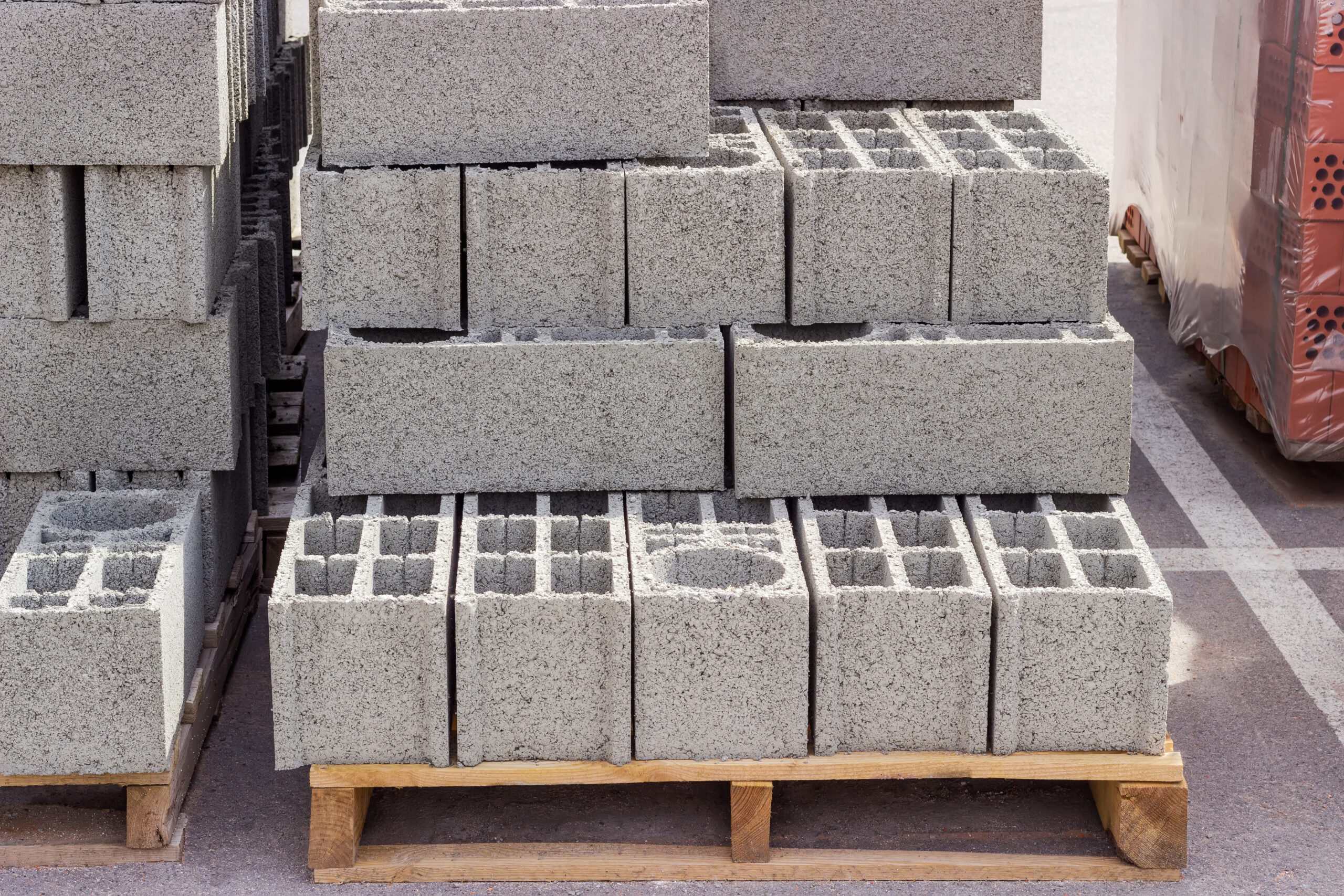
Using concrete masonry units in construction offers excellent value compared to wood and light gauge steel framing due to its low cost and superior performance.
Walter Schneider III, professor of Architectural Engineering and Structural Engineering at Penn State University, performed a cost study on multi-residential structures built from the three materials in eight U.S. cities, mostly in the mid-Atlantic and Southeastern parts of the country. A look at the average material price in the eight cities shows that CMU’s always fell in between wood (lowest price) and light steel framing (most expensive).
Although there is a common misperception in the industry that steel gauge framing is cheaper, you can see that it is consistently $4-$12 more expensive per square foot than CMU’s based on our numbers in the eight markets.
When you look at the benefits of the respective materials, CMU really sets itself apart from both wood and steel. Future energy and maintenance costs will play a significant role in expenses associated with the building.
Consider the following:
- Fire-resistant: CMU experiences minimal water damage for reduced cleanup costs
- Energy efficient: Save up to 50% on heating and cooling bills compared to other materials
- Lasting power: CMU withstands the test of time, reliably lasting 100 years
- No waiting around: Materials are often produced and waiting without any special production needed. Using CMU helps simplify construction by eliminating the need to wait for other trades.
- Slight extra cost of CMU compared to wood often offset by the contingency budget set aside for unanticipated expenditures

